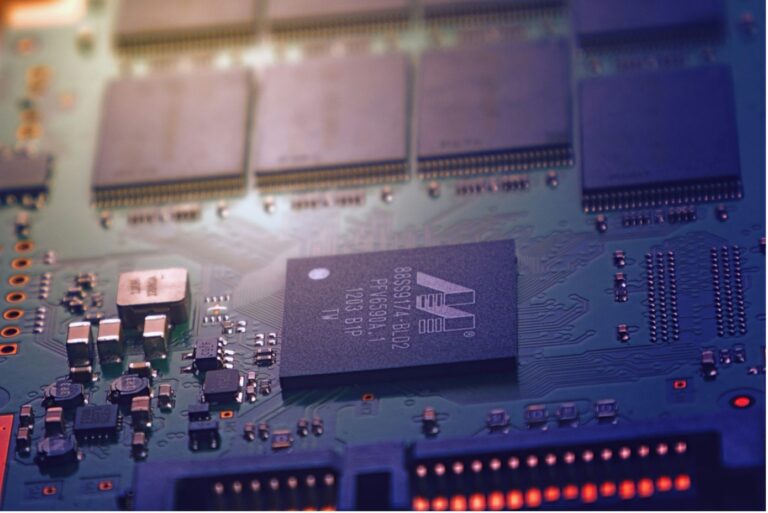The Evolution of OT Cybersecurity
The Evolution of OT Cybersecurity: What You Need to Know
As industries embrace digital transformation, the distinction between Operational Technology (OT) and Information Technology (IT) is becoming increasingly blurred. While this convergence brings efficiency and innovation, it also exposes OT systems to a new level of cyber threats. OT cybersecurity is no longer optional—it’s essential.
Then vs. Now: How OT Security Has Changed
- Then: OT systems operated in isolated environments, minimizing security risks but often neglecting proactive defenses. Since these systems weren’t connected to external networks, cyber threats were rare but could be devastating when they did occur.
- Now: With the rise of Industry 4.0, IoT, and interconnected networks, OT environments are now linked with IT infrastructures. This means attack surfaces have expanded, making OT systems prime targets for sophisticated cyber threats like ransomware, advanced persistent threats (APTs), and insider attacks.
Key Shifts in OT Cybersecurity
- Perimeter-Based Defense → Zero Trust Models
Relying solely on network perimeters is no longer sufficient. Zero Trust Architecture (ZTA) ensures that every user and device must be continuously verified before accessing critical systems. - Manual Monitoring → AI-Powered Threat Detection
Cyber threats evolve rapidly, making traditional monitoring methods ineffective. AI-driven security solutions enhance real-time threat detection, automate response mechanisms, and reduce human error. - Proprietary Systems → Standardized Security Protocols
Legacy OT systems often relied on closed, proprietary technologies that lacked cybersecurity considerations. Today, standardized security frameworks (like NIST, ISA/IEC 62443, and NIS2) provide structured guidelines to protect critical infrastructure.
Why Proactive OT Security Matters
In today’s threat landscape, organizations must stay ahead of cyber risks by implementing proactive security measures. A single security breach can lead to financial loss, operational downtime, and reputational damage. Understanding the evolution of OT cybersecurity is the first step toward strengthening defenses against modern threats.
 .
.